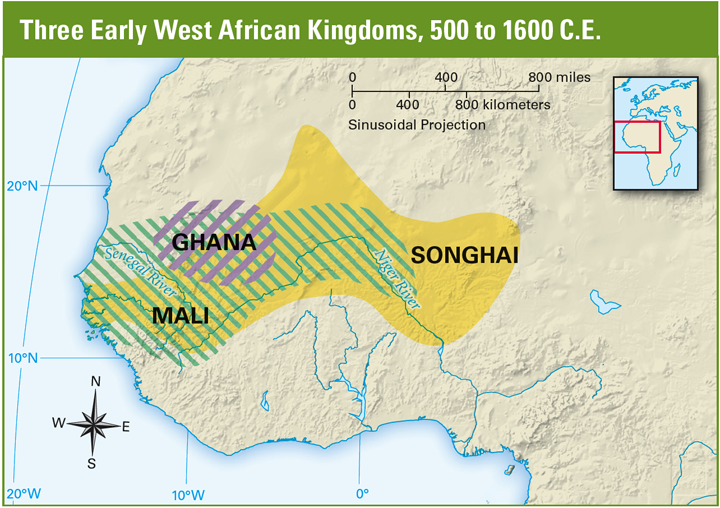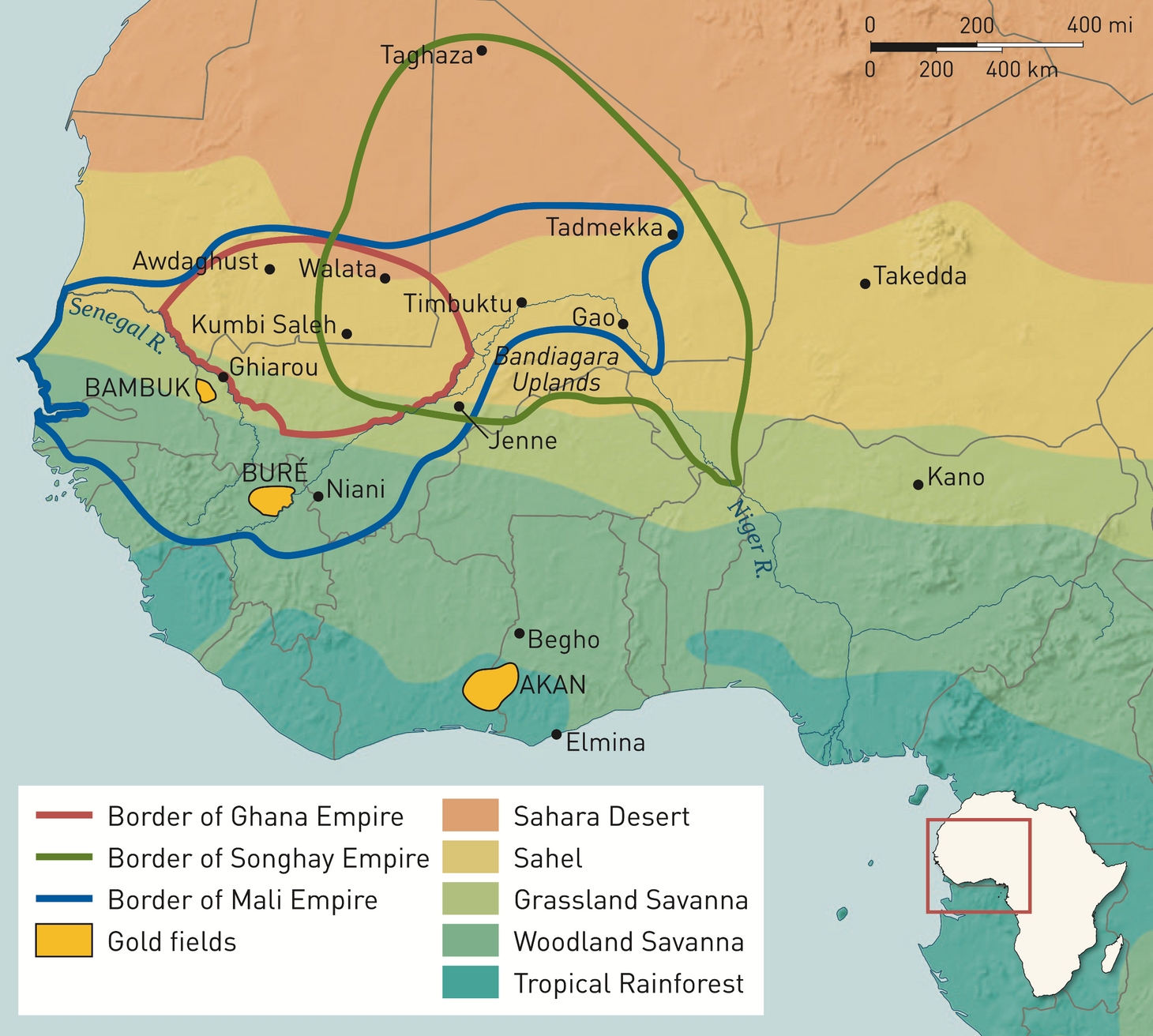Mapping the Songhai Empire: A Cartographic Exploration of a West African Powerhouse
Associated Articles: Mapping the Songhai Empire: A Cartographic Exploration of a West African Powerhouse
Introduction
With enthusiasm, let’s navigate by way of the intriguing subject associated to Mapping the Songhai Empire: A Cartographic Exploration of a West African Powerhouse. Let’s weave attention-grabbing data and provide contemporary views to the readers.
Desk of Content material
Mapping the Songhai Empire: A Cartographic Exploration of a West African Powerhouse

The Songhai Empire, a sprawling West African state that flourished from the fifteenth to the seventeenth centuries, stays an enchanting topic of historic examine. Its huge territory, complicated political construction, and vital contributions to trans-Saharan commerce have captivated students for generations. Nonetheless, precisely mapping the empire’s extent all through its fluctuating historical past presents a substantial problem. In contrast to European powers of the identical period, the Songhai left behind no detailed, centralized cartographic data. Reconstructing a map of the Songhai Empire thus necessitates a meticulous synthesis of various sources, together with oral traditions, archaeological proof, traveler accounts, and the scattered written data of each African and European observers.
This text explores the complexities of mapping the Songhai Empire, inspecting the obtainable proof, the challenges in decoding it, and the ensuing variations in cartographic representations. Understanding these limitations is essential to appreciating the dynamic nature of the empire and the inherent uncertainties in any try and visually characterize its geographical attain.
The Sources: A Patchwork of Proof
The first problem in mapping the Songhai Empire stems from the shortage of contemporaneous maps produced by the Songhai themselves. Their cartographic traditions, if any, stay largely unknown. As an alternative, historians depend on a wide range of oblique sources:
-
Oral Traditions: Griots, the hereditary storytellers and keepers of oral historical past inside Songhai society, performed an important position in transmitting data throughout generations. Their narratives present beneficial insights into the empire’s political construction, main cities, and territorial boundaries. Nonetheless, these traditions are sometimes fragmented, topic to variations in recounting, and may be difficult to translate into exact geographical areas.
-
Archaeological Proof: Excavations throughout the previous Songhai territories have unearthed quite a few settlements, fortifications, and commerce items. These findings provide essential proof for understanding inhabitants density, city facilities, and the extent of Songhai affect. Nonetheless, archaeological information alone can not absolutely outline the empire’s fluid boundaries, which frequently shifted with army campaigns and diplomatic negotiations.
-
Journey Accounts: European vacationers, retailers, and diplomats, resembling Leo Africanus, supplied beneficial written accounts of their journeys by way of Songhai territory. Their descriptions of cities, rivers, and landscapes provide geographical clues. Nonetheless, these accounts are sometimes biased, restricted by the vacationers’ private experiences and views, and typically inaccurate attributable to language boundaries or misunderstandings. Moreover, many accounts concentrate on particular routes and settlements, leaving vital gaps in our data of the empire’s periphery.
-
Written Data: Restricted written paperwork from the Songhai courtroom itself survive. These embrace administrative data, chronicles, and correspondence, which may provide beneficial insights into governance, commerce networks, and relations with neighboring states. Nonetheless, these data are sometimes incomplete, fragmented, and typically written in scripts that require specialised experience to decipher.
The Fluidity of Borders: A Dynamic Empire
The Songhai Empire was not a static entity with clearly outlined borders. Its territorial extent fluctuated all through its historical past, increasing and contracting primarily based on army successes, diplomatic alliances, and inner political dynamics. The empire’s attain prolonged past its core territories, encompassing areas the place Songhai affect was exerted by way of tributary relationships, commerce networks, or army campaigns. This fluidity makes it difficult to outline a single, universally accepted map of the empire.
Totally different students suggest varied interpretations of the empire’s boundaries, typically leading to maps that differ considerably of their depiction of the Songhai territory. Some maps concentrate on the core areas of the empire, encompassing the main cities and densely populated areas. Others try and embody the complete extent of Songhai affect, together with areas underneath tributary management or topic to intermittent army campaigns. These variations mirror the inherent complexities in decoding the obtainable proof and the challenges in distinguishing between direct rule and oblique affect.
Key Cities and Areas on Songhai Maps
Whatever the variations in mapping the Songhai Empire’s total extent, sure key cities and areas persistently seem:
-
Gao: The capital of the Songhai Empire, Gao was a serious hub for trans-Saharan commerce, a big heart of studying, and a focus of political energy. Its strategic location on the Niger River performed an important position within the empire’s financial and political dominance.
-
Timbuktu: A famend heart of studying and commerce, Timbuktu attracted students, retailers, and vacationers from throughout the Sahara and past. Its libraries housed an enormous assortment of manuscripts, showcasing the mental achievements of the Songhai Empire.
-
Jenne-jeno: A pre-existing city heart that remained vital all through the Songhai interval, Jenne-jeno performed an important position in regional commerce networks and served as a significant hyperlink between the Niger River and the broader Sahel area.
-
Massina: This fertile area within the Niger River valley was an important agricultural space, offering meals for the empire’s inhabitants and contributing considerably to its financial prosperity.
-
Taghaza: A serious supply of salt, Taghaza performed a pivotal position in trans-Saharan commerce, connecting the Songhai Empire with North African markets.
Challenges and Future Analysis
Mapping the Songhai Empire stays an ongoing undertaking, requiring additional analysis and interdisciplinary collaboration. Future research ought to concentrate on:
-
Integrating Oral Traditions: Extra systematic efforts are wanted to gather, analyze, and combine oral traditions into the cartographic illustration of the empire.
-
Superior Archaeological Strategies: Using superior archaeological strategies, resembling distant sensing and GIS mapping, can assist establish beforehand unknown settlements and refine our understanding of inhabitants distribution.
-
Deciphering Undeciphered Texts: Additional analysis into Songhai scripts and languages can doubtlessly unlock beneficial details about the empire’s administration, territorial extent, and inner dynamics.
-
Comparative Evaluation of Present Maps: A comparative evaluation of present maps of the Songhai Empire can assist establish areas of consensus and disagreement, highlighting the strengths and limitations of various approaches to cartographic illustration.
In conclusion, mapping the Songhai Empire is a posh and difficult endeavor. The dearth of contemporaneous Songhai maps necessitates the combination of various and infrequently fragmented sources. The ensuing maps mirror the fluidity of the empire’s borders and the continued debate surrounding the extent of Songhai affect. Additional analysis, combining conventional historic strategies with superior applied sciences, is essential to refining our understanding of this exceptional West African empire and producing extra correct and nuanced cartographic representations. The maps we create should not merely static depictions of a previous empire, however moderately ongoing reflections of our evolving understanding of its historical past and complexity.








Closure
Thus, we hope this text has supplied beneficial insights into Mapping the Songhai Empire: A Cartographic Exploration of a West African Powerhouse. We thanks for taking the time to learn this text. See you in our subsequent article!